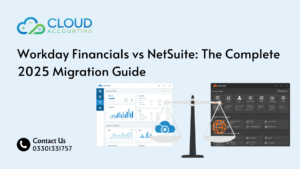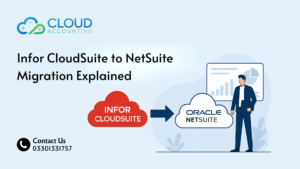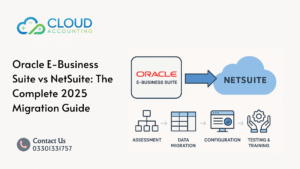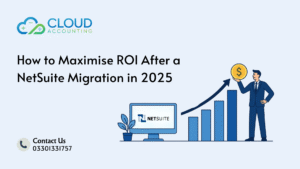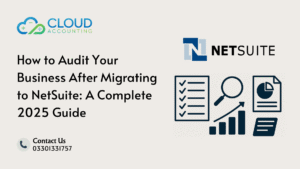Introduction
Moving from your current accounting software to QuickBooks Online (QBO) can streamline your business operations and provide valuable insights. However, one critical aspect often overlooked is the migration of historical data. This article delves into the essential steps, potential challenges, and best practices to ensure a smooth transition of your historical records to QBO.
Understanding the Importance of Historical Data Migration
Historical data serves as the foundation of your business’s financial history. It provides valuable context for decision-making, tax compliance, and financial analysis. Accurately transferring this data to QBO is crucial to maintain continuity and avoid disruptions in your accounting processes.
Key Steps for Historical Data Migration
Data Assessment and Preparation:
- Identify Data Sources: Determine where your historical data is stored (e.g., spreadsheets, accounting software, physical records).
- Clean and Organize: Ensure data accuracy, consistency, and completeness by addressing any errors or inconsistencies.
- Backup Data: Create a comprehensive backup of your existing data to safeguard against potential issues during the migration process.
Choose a Migration Method:
- Manual Entry: While time-consuming, manual entry can be suitable for smaller datasets or specific transactions.
- CSV Import: If your data is in a CSV format, QBO allows direct import. Ensure proper formatting and mapping of fields.
- Third-Party Migration Tools: Consider using specialized tools designed for QBO migrations. These tools can automate the process and handle complex data structures.
Data Mapping:
- Identify Correspondences: Establish clear mappings between fields in your current software and QBO’s chart of accounts, customer/vendor lists, and other relevant categories.
- Address Discrepancies: If there are differences in account classifications or data structures, resolve them to ensure accurate transfer.
Transaction Import:
- Review and Validate: Carefully review imported transactions to verify accuracy and identify any discrepancies.
- Correct Errors: Address any issues promptly to maintain data integrity.
Historical Balance Reconciliation:
- Compare Balances: Reconcile the opening balances in QBO with the closing balances from your previous software.
- Adjustments: Make necessary adjustments to ensure consistency between the two systems.
Common Challenges and Best Practices
- Missing or Inaccurate Data: Ensure thorough data cleaning and validation to minimize errors.
- Data Mapping Issues: Use clear and consistent mapping rules to avoid discrepancies.
- Complex Transactions: For complex transactions (e.g., recurring entries, journal entries), consider manual entry or consulting with a QBO expert.
- Historical Balance Reconciliation: Pay close attention to this step to avoid discrepancies in your financial reports.
- Third-Party Tool Selection: Choose a reputable migration tool with a proven track record.
- Professional Assistance: If you’re unsure about the migration process or encounter significant challenges, consider seeking help from a QBO consultant or accountant
Conclusion
Cloud Accounting is here to assist you with your historical data migration to QuickBooks Online. Our team of experienced professionals will provide expert guidance throughout the process, ensuring a seamless transition and maintaining data integrity. With our assistance, you can focus on your business while we handle the complexities, saving you valuable time and resources. Trust Cloud Accounting to make your migration process a breeze and avoid potential pitfalls.



